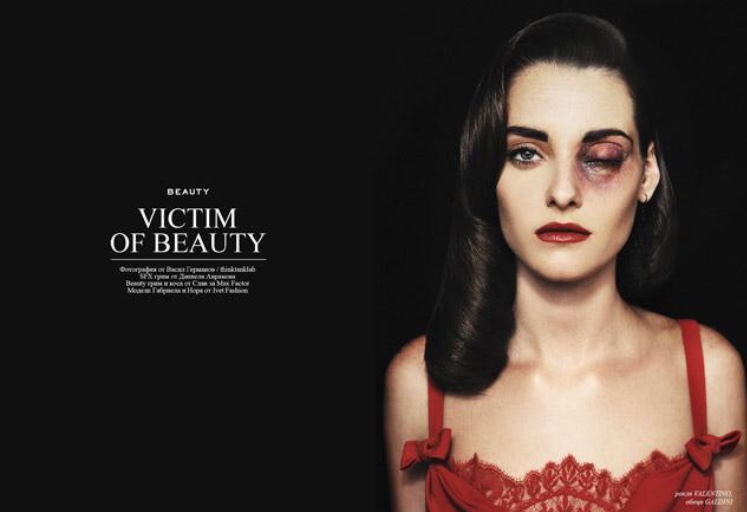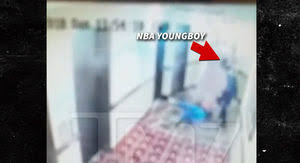
Domestic violence, which includes physical and psychological violence, has been around
for centuries and yet widespread movements to bring this issue to light have taken place only
recently. Perhaps the earliest formal mechanism to protect people against domestic violence
began in 1948, with the Declaration of Human Rights. Article 16 specifically states that “the
family is entitled to protection by society and the State.” In this spirit, if a family member feels
unsafe or fearful for their life, it becomes the responsibility of the state to protect them. Although
it is common to focus on the experiences of the victim, we must begin to address the experiences
of the offender if we are to gain important insight into the circumstances that led up to the
violence. This does not mean that offenders are unaccountable; it simply means that it is of equal
importance to explore the suffering of the offender, both in terms of the causes, and the
repercussions, of the violence. This general idea of understanding both “victim” and “offender”
is part of a larger movement, referred to as restorative justice. Here, the goal is to mediate
conversations between the victim and offender so that they may share experiences and
perspectives in a productive manner. The victim is allowed to voice the pain they have endured,
as well as investigate their contribution (if any) to the conflict, in a way that promotes true
apologies and insight from the offender. This does not mean that offenders sidestep any
consequences, but it does mean ‘healing’ for both parties.



